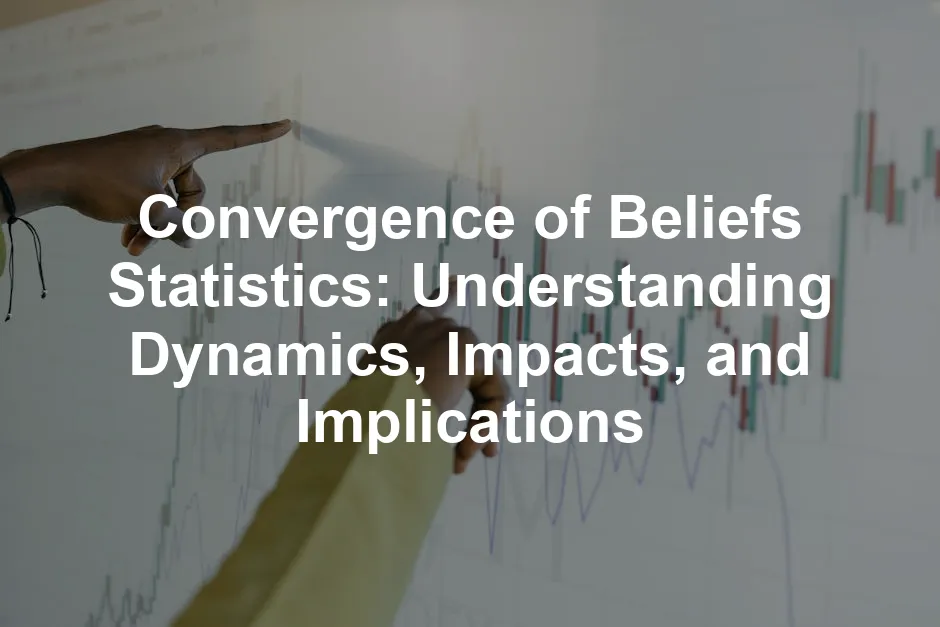Introduction
Belief convergence is a fascinating concept. It illustrates how individuals’ beliefs align over time, influenced by various social factors. This phenomenon is crucial in economics, sociology, and psychology. In economics, belief convergence can affect market predictions, leading to either booms or busts. Meanwhile, in sociology, it shapes group dynamics and community cohesion. Psychology delves into how cognitive biases and social interactions influence belief systems.
Understanding belief convergence is essential, especially in today’s world filled with misinformation. False narratives can spread rapidly, causing chaos in public opinion. Cognitive biases, such as confirmation bias, can further distort our understanding. When people only seek out information that aligns with their existing beliefs, convergence becomes skewed. Thus, grasping how beliefs converge can help combat misinformation and foster informed decision-making.
This article will explore belief convergence’s definition, statistical frameworks, and real-world applications. We’ll examine how cognitive biases affect this process and the implications for social dynamics and economic behavior. By the end, you’ll have a clearer picture of how beliefs align and why that matters in our interconnected world. And speaking of interconnectedness, if you want to understand the intricate workings of the human mind, check out “Thinking, Fast and Slow” by Daniel Kahneman. It’s a must-read for anyone looking to navigate the complexities of human thought.

Understanding Belief Convergence
Definition and Key Concepts
Belief convergence refers to the process wherein individuals’ beliefs align over time due to social influence and information exchange. It’s a vital concept in social and economic contexts. In social settings, people often adjust their beliefs based on discussions with others, leading to a more uniform perspective within groups. Economically, belief convergence can shape market trends and consumer behavior.
Several statistical models help analyze belief convergence. One of the most notable is the martingale approach, which examines how beliefs evolve over time. This model can highlight the likelihood of beliefs converging to a specific point based on initial conditions and information received. Prediction accuracy orders also play a critical role. They allow researchers to assess how well subjective beliefs align with actual outcomes, offering insights into the effectiveness of various beliefs in predicting future states.
In settings where beliefs are misspecified, learning outcomes can vary. For example, when individuals operate under incorrect assumptions, the convergence of beliefs may be delayed or skewed. This phenomenon emphasizes the importance of correct information and cognitive accuracy in belief formation. As we unpack these concepts, keep in mind that understanding belief convergence is not merely an academic exercise; it has real-world implications for how societies function, businesses operate, and individuals interact. And if you’re curious about how habits influence our decisions, you might enjoy “The Power of Habit” by Charles Duhigg. It’s a great read for understanding the mechanics behind our daily choices!
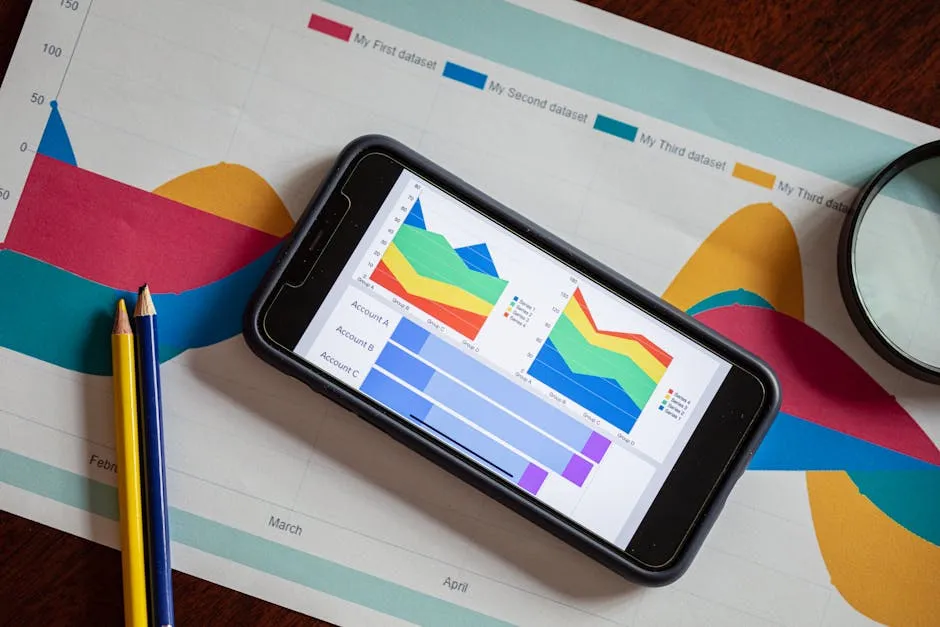
By analyzing belief convergence, we can better understand the dynamics that shape our beliefs and the collective consciousness of communities.
Historical Context
Evolution of Belief Dynamics
The study of belief dynamics has roots in various fields, primarily sociology and psychology. Researchers have long been fascinated by how beliefs shift and align within communities. One notable contribution comes from Vlasceanu et al., who analyzed community beliefs and the role of public sources in shaping these beliefs. Their work highlighted how exposure to repeated information, regardless of its truth, can significantly influence collective belief systems. This phenomenon is closely tied to the illusory truth effect, where familiarity breeds acceptance.
In essence, as individuals engage with information, their beliefs can converge, particularly in settings where communication plays a crucial role. Over time, researchers have explored various models and frameworks that account for this convergence, emphasizing the importance of social interactions and shared experiences in shaping beliefs. If you’re interested in diving deeper into how our beliefs can be influenced, consider reading “Influence: The Psychology of Persuasion” by Robert B. Cialdini. It’s a classic that reveals the secrets behind why we say “yes” and how to apply these insights ethically.

Real-World Examples
Belief convergence isn’t just an academic concept; it manifests in many real-world scenarios. One prominent example lies within religious contexts. Throughout history, different faiths have often found common ground, leading to shared beliefs and practices. The rise of interfaith dialogues illustrates how diverse religious groups can align on universal values, fostering understanding and cooperation.
Social movements also showcase belief convergence in action. Take the civil rights movement of the 1960s in the United States. Activists from various backgrounds united under a shared vision of equality and justice. Their collective beliefs about human rights and dignity converged, leading to significant societal changes. This convergence created a powerful force for change, demonstrating how shared beliefs can mobilize communities and drive progress. If you’re curious about how ideas can stick and create lasting change, “Made to Stick” by Chip Heath and Dan Heath is worth a read!
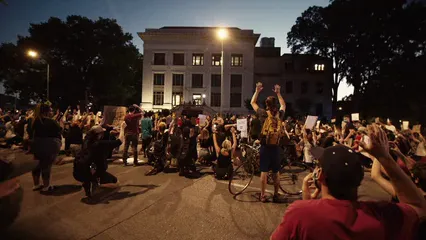
In summary, the evolution of belief dynamics and real-world examples illustrate the profound impact of collective beliefs. Understanding this convergence helps us navigate the complexities of social interactions and the influence of shared narratives on our lives.
Applications of Belief Convergence
Economic Implications
Market Behavior
Belief convergence plays a vital role in market dynamics. When investors align their beliefs, it can lead to significant market trends. Think of it as a financial conga line: if everyone is dancing to the same tune, the market can sway dramatically. When consumers collectively believe in a product’s value, demand skyrockets. This phenomenon can create bubbles, where prices inflate beyond rationality. For those who want to learn more about the psychology behind market behaviors, “Predictably Irrational” by Dan Ariely is a fantastic resource.

Conversely, if a significant number of investors share pessimistic views, markets can plummet. This behavior can often be traced back to information cascades, where individuals mimic the actions of others, even without solid evidence. It’s like a game of financial dominoes; one fall can send the entire structure crashing down.
Understanding these behaviors can help investors and businesses make informed decisions. By analyzing belief convergence, stakeholders can anticipate shifts in consumer sentiment. This insight is invaluable for crafting marketing strategies and investment plans. As such, recognizing how beliefs align is crucial for economic stability and growth. If you’re looking to enhance your decision-making skills, consider picking up “The Art of Thinking Clearly” by Rolf Dobelli. It’s all about avoiding the pitfalls of poor reasoning!
Policy-making
Policymakers also have a stake in the convergence of beliefs. When a community’s beliefs align, it can significantly impact policy acceptance and implementation. For instance, if citizens converge around the belief that climate change is a pressing issue, it can create robust support for environmental policies. This collective belief can lead to increased public funding for renewable energy and stricter regulations on emissions.

On the flip side, misinformation can fracture shared beliefs, leading to confusion and inaction. When false narratives prevail, they can undermine the public’s trust in scientific evidence and expert opinions. Policymakers must combat misinformation effectively. By fostering environments where accurate information flourishes, they can help realign public beliefs towards constructive agendas. This approach is essential for fostering informed decision-making among citizens.
In summary, understanding belief convergence is vital not just for economic actors but also for policymakers addressing pressing societal challenges. By leveraging knowledge of how beliefs coalesce, we can pave the way for a more informed and engaged populace. And if you’re interested in leadership strategies and transformational change, consider checking out “Dare to Lead” by Brené Brown. It’s all about embracing vulnerability to create a culture of trust.
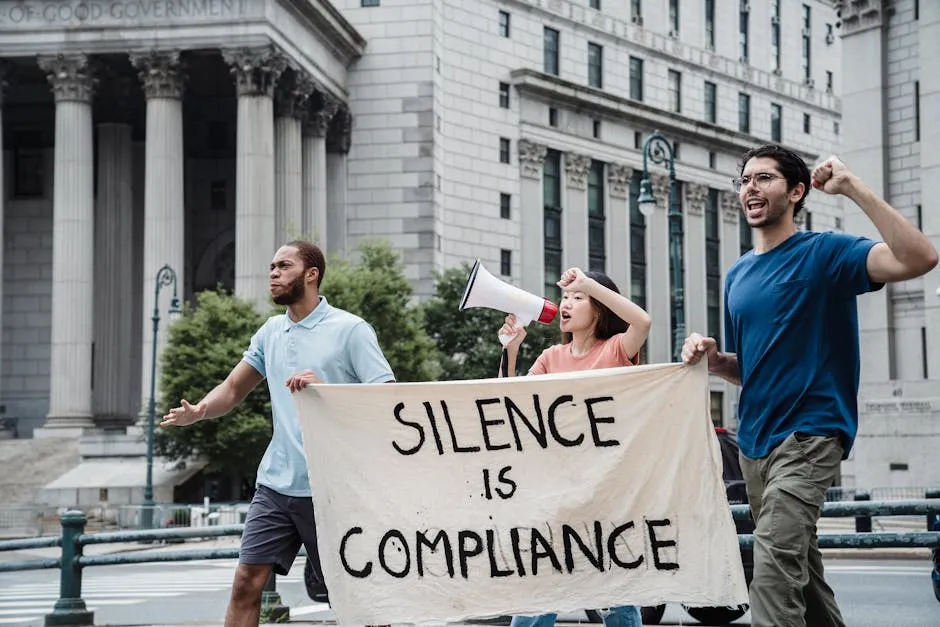
Social Dynamics
Community Beliefs
Belief convergence is a powerful force in shaping community dynamics. When individuals within a community share and reinforce similar beliefs, it fosters social cohesion. This alignment often occurs through public sources and interpersonal communication. For example, local leaders or media can sway public opinion, emphasizing certain narratives that resonate with community values.
Research shows that exposure to repeated information, regardless of its veracity, enhances belief alignment. This effect is known as the illusory truth effect, where familiarity breeds acceptance. Think of it as a collective echo chamber: the more a belief is echoed, the more it feels like reality. This can create a unified front on community issues, making it easier to mobilize around shared goals. If you’re looking for tools to help foster community engagement, check out the Gardening Tools Set. It’s a fun way to bring people together while beautifying your community!

However, the risk of echo chambers is that they can reinforce misinformation. When communities converge around false beliefs, it can lead to societal polarization. Thus, it’s crucial for communities to engage in open dialogues that challenge prevailing narratives. Encouraging diverse perspectives can help prevent the pitfalls of misguided convergence.
Misinformation and Its Impact
Misinformation poses a significant threat to belief convergence. As false information spreads, it can distort collective beliefs, leading to confusion and division. For instance, during the COVID-19 pandemic, misinformation about the virus’s origins and treatments created significant public distrust. This division hampered efforts to promote vaccination and public health guidelines.

To mitigate the effects of misinformation, it’s essential to prioritize media literacy within communities. By educating individuals on how to discern credible sources from misleading ones, we can empower them to challenge false narratives. This proactive approach helps ensure that belief convergence occurs around accurate information, fostering a healthier social landscape. And if you’re looking for a fun way to engage with family and friends while building critical thinking skills, consider grabbing a few Board Games for Family Fun. They’re a great way to spark conversations!

In conclusion, belief convergence significantly influences social dynamics. By understanding how beliefs align and how misinformation disrupts this process, we can create communities that are more resilient to falsehoods. Encouraging open communication and critical thinking is key to nurturing a more informed and cohesive society.
Challenges and Limitations
Barriers to Belief Convergence
Cognitive Dissonance
Cognitive dissonance can be a real party pooper when it comes to belief convergence. Imagine a room full of people convinced that pineapple belongs on pizza, while another group staunchly defends its absence. The tension is palpable! This inner conflict arises when individuals hold two contradictory beliefs. It leads to mental gymnastics, where people either double down on their original stance or start reshaping their beliefs to reduce that pesky discomfort.
When faced with conflicting beliefs, individuals often retreat to their comfort zones. Instead of converging, they may isolate themselves within their belief bubbles, reinforcing their views while dismissing others. This fragmentation can create silos of thought, making it tough for communities to reach a shared understanding. If you’re looking for something cozy to wrap yourself in while pondering these deep thoughts, grab a Weighted Blanket. It’s perfect for those introspective moments!

Cultural Differences
Cultural contexts significantly shape how beliefs converge. Different cultural backgrounds bring unique perspectives and values to the table. For instance, a belief in communal responsibility might thrive in collectivist societies, while individualism reigns supreme in others. These variances can cause friction, as one group’s beliefs may clash with another’s, leading to misunderstandings and conflict.
A classic example is the differing views on environmental issues across cultures. While some communities might advocate for aggressive climate action, others may prioritize economic growth over environmental concerns. This divergence can stall collaborative efforts, making it challenging to address global challenges effectively. If you’re interested in promoting sustainability, consider picking up an Eco-Friendly Tote Bag. They’re perfect for reducing plastic use!

The Fragility of Convergence
Slow Learning Environments
Belief convergence isn’t a sprint; it’s more like a leisurely stroll. In slow learning environments, convergence can be particularly fragile. Imagine a classroom where students are bombarded with information, but the learning process is stifled by outdated teaching methods. Here, convergence takes a backseat as individuals grapple with incomplete or inaccurate information.
These situations often lead to confusion rather than clarity. When beliefs evolve slowly, it opens the door for misinformation to seep in. For example, consider the ongoing debates surrounding climate change. In environments where information is scarce or poorly disseminated, beliefs can remain stagnant, hampering progress.
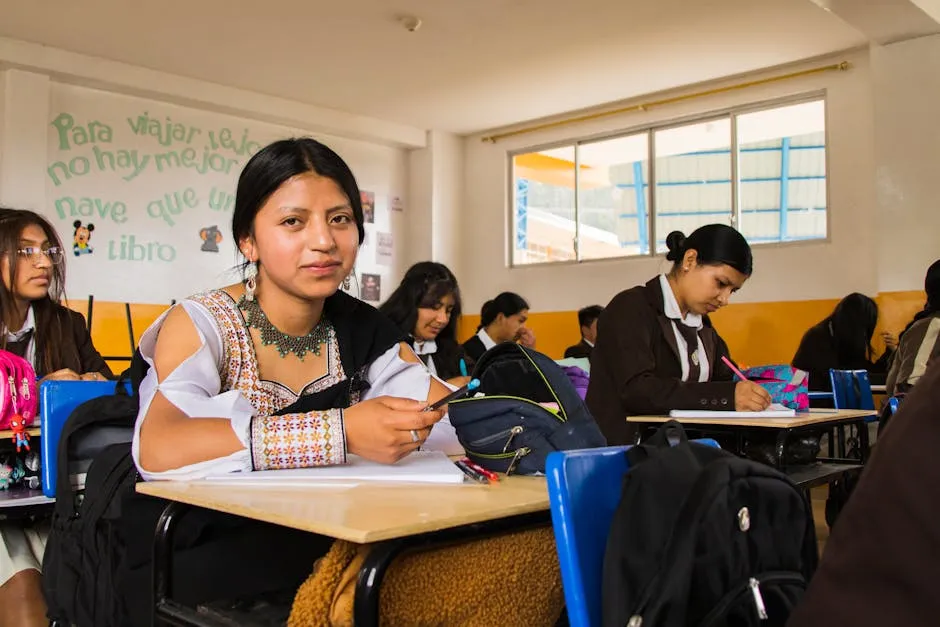
The implications of this fragility are profound. When beliefs fail to converge effectively, social dynamics can become strained, leading to polarization. As communities struggle to find common ground, the potential for collaboration diminishes, ultimately stalling efforts to address pressing global issues. If you’re looking for a way to foster better learning at home, consider getting an Instant Pot Duo Pressure Cooker. It simplifies cooking and helps you whip up nutritious meals quickly!
Thus, understanding the barriers to belief convergence and the fragility of this process is crucial. By acknowledging these challenges, we can work towards fostering environments that encourage open dialogue and shared understanding.

Conclusion
Understanding belief convergence is crucial in navigating our complex social landscapes. Throughout this article, we’ve explored how beliefs align over time due to social influence, information exchange, and cognitive biases. This convergence has profound implications in economics, sociology, and psychology.
We discussed the significance of statistical frameworks, such as martingale models, in analyzing belief dynamics. These models help us understand how beliefs evolve and converge, especially in misspecified environments. Furthermore, we highlighted real-world examples, from social movements to market behaviors, demonstrating how collective beliefs can shape societal outcomes. If you want to explore more about success stories in social dynamics, check out “Outliers” by Malcolm Gladwell. It’s a captivating read!

Looking ahead, future research should focus on the effects of misinformation on belief convergence. As false narratives continue to spread, understanding how they disrupt collective beliefs is essential. Exploring the role of technology in shaping these dynamics is another valuable area. Researchers could also investigate how community engagement initiatives can foster informed belief formation.
In real-world contexts, the insights gained from studying belief convergence offer practical applications. Policymakers can leverage this knowledge to combat misinformation effectively. By understanding how beliefs align within communities, they can develop strategies that promote accurate information dissemination.
Now, it’s your turn! Reflect on your beliefs. What influences them? Are your sources credible? Engage with diverse perspectives, and challenge your assumptions. In our interconnected world, being open to new ideas can lead to richer discussions and a deeper understanding of the beliefs that shape our society. If you’re in the mood for some self-reflection, consider keeping a Travel Journal to document your thoughts and experiences!
FAQs
What is belief convergence?
Belief convergence refers to the process where individuals’ beliefs align over time. This alignment occurs due to social interactions, shared information, and cognitive influences. It is significant in various contexts, including economics, where shared beliefs can drive market behavior, and sociology, where collective beliefs foster community cohesion.
How do cognitive biases affect belief convergence?
Cognitive biases play a crucial role in shaping how beliefs are formed and changed. For example, overconfidence can lead individuals to overestimate the accuracy of their beliefs. Confirmation bias causes people to seek information that aligns with their existing beliefs, often ignoring contradictory evidence. These biases can hinder the convergence of beliefs, leading to polarized views within communities.
Can belief convergence lead to positive societal change?
Yes, belief convergence can drive positive societal change. A notable example is the civil rights movement, where activists united under shared beliefs about equality and justice. This collective action resulted in significant social reform. Similar instances in public health campaigns demonstrate how aligned beliefs can mobilize communities to adopt beneficial practices, such as vaccinations.
What are the implications of misinformation on belief convergence?
Misinformation can severely disrupt belief convergence. As false information spreads, it can lead to distorted public beliefs, causing division and confusion. For instance, during the COVID-19 pandemic, misinformation about the virus complicated public health responses. Promoting media literacy is essential in combating misinformation, enabling individuals to discern credible sources and fostering accurate belief formation.
How can we foster belief convergence in communities?
Fostering belief convergence in communities can be achieved through several practical approaches. Encouraging open dialogues where diverse perspectives are welcomed can help challenge prevailing narratives. Educational initiatives focused on media literacy can empower individuals to critically evaluate information sources. Additionally, community engagement programs that promote shared goals can strengthen collective beliefs and enhance social cohesion.
Please let us know what you think about our content by leaving a comment down below!
Thank you for reading till here 🙂
All images from Pexels

